Swimming in UNESCO-protected canals. Breaking into historic sites. Driving down the world’s most famous staircase and smashing priceless sculptures in a fit of pique. And just when you thought that was as bad as it gets: vandalizing one of the world’s iconic monuments.
With Europe seeing an explosion of visitors a year after Covid travel restrictions dropped, incidents of visitors behaving badly in Italy show no sign of abating.
This week, a young tourist was filmed allegedly carving what appeared to be the names of himself and his girlfriend into the wall of the Colosseum, sparking Italy’s culture minister Gennaro Sangiuliano to call for a manhunt to identify the pair.
“I hope that whoever carried out this act will be identified and sanctioned according to our laws,” he tweeted. Three days later, Rome’s carabinieri police force announced that they had identified a suspect, resident in the UK.
If convicted of scratching “Ivan+Haley 23” into one of the world’s most famous structures, the suspect will face a fine of at least €15,000 ($16,360) or up to five years in prison.
The incident has highlighted the problem of tourists behaving destructively in Italy – one that seemed to come to a head in summer 2022 when a slew of incidents around the country hit the headlines.
In June 2022, two American tourists caused $25,000 worth of damage to the Spanish Steps in Rome, when they pushed – and then threw – their scooters down them.
Think that’s bad? A month earlier, a Saudi visitor drove his rented Maserati down the travertine staircase, fracturing two of the steps.
Meanwhile in Venice, tourists routinely swim in the UNESCO-protected canals, which double as the city’s sewer system. In August 2022, two Australians surfed down the Grand Canal, while in May, Americans stripped off for a skinny dip beside the 14th-century Arsenale landmark.
Surely that’s the worst that could happen in one season?
Nope: Also in August 2022, an Australian decided to ride his moped around the ancient Roman site of Pompeii, while in October, an American smashed two priceless sculptures in the Vatican Museum, apparently after being told that he could not see the pope.
There was a carving incident, too. In August 2022, an American couple were caught carving their initials into the Arch of Augustus, a 2,000-year-old monument beside the Colosseum.
But is this worse than usual, or have we just forgotten how badly people behave when they’re on vacation?
There’s no question that Italy is full to bursting. International visitor numbers from January to July 2022 were up 172% on 2021 and even 57% on pre-pandemic records, according to ENIT, Italy’s tourist board.
And 2023 looks set to be even more packed. The first quarter of 2023 saw international arrivals increase by 86% year on year, according to data from ENIT.
The tourist board has announced “significant growth” for 2023, adding that “the short-term outlook on international tourism, especially in the months leading up to the summer season, far exceeds those for 2022.” June arrivals by air were up by nearly 9% year on year, ENIT calculated earlier this month. Nearly 3 million arrivals by air are scheduled for summer 2023, they say, with the vast majority foreign citizens. And that’s leaving out the many Europeans who drive to Italy.
And yet as visitor numbers spiral, Italy, and its precious heritage sites, are not getting any bigger.
Eike Schmidt, director of the Uffizi Gallery in Florence – Italy’s most visited museum in 2021 and 2022 – told CNN last summer that tourists behaving badly is nothing new.
“I don’t think it’s worse this year – I think what we’ve got now is where we stopped in 2019, and it’s come back because the visitors have come back,” he said.
“There are certainly people who don’t respect the situation that they’re in.” Like the woman he witnessed pre-pandemic, sitting down amid the priceless works of art to give herself a pedicure.
The Uffizi is so well policed that incidents rarely happen inside, said Schmidt – but outside is a different story. The gallery creates its own pedestrian cul de sac, with inbuilt benches carved from local pietra serena stone acting as a place for tired and hungry tourists to sit.
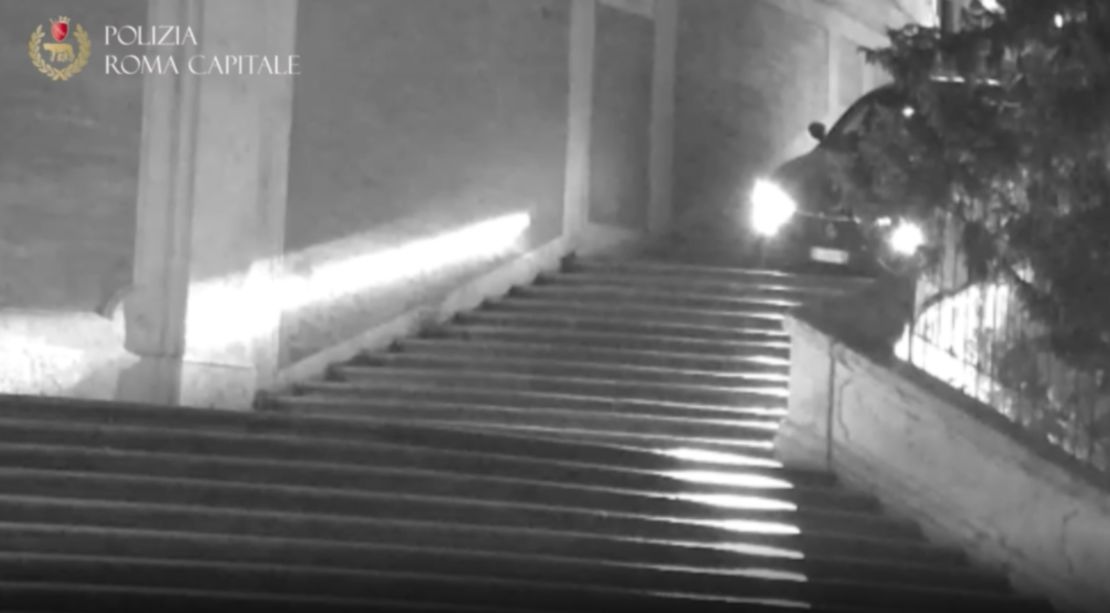
Only, they don’t just sit. Oblivious to the fact that the benches were carved by hand in the 16th century, they sit and eat, smearing sauces on the porous stone, which promptly stains. They also have been known to graffiti the gallery’s exterior.
In 2018, Schmidt said, staff made a concerted effort every morning to clean off “all markings on the buildings that people were adding late at night after too many drinks.”
He said the policy paid off.
“People don’t tend to write on a clean surface – but if one person has made a little drawing or written a bad word, [adding your own] sits much easier because the psychological barrier is lower. Now, people very rarely write anything on the building. But what has returned post-pandemic is the problem of panini and wine and Coca-Cola and all sorts of greasy and sugary stuff. People buy it from places with no seating, they look around for where to sit and the first thing they find is the monuments.”
In 2021, Schmidt called for fast food businesses to be taxed higher than places that have seating and toilets for guests, but a year later, he told CNN, “Nothing has happened, none of the politicians want to enter the debate.”
‘People steal gondolas’
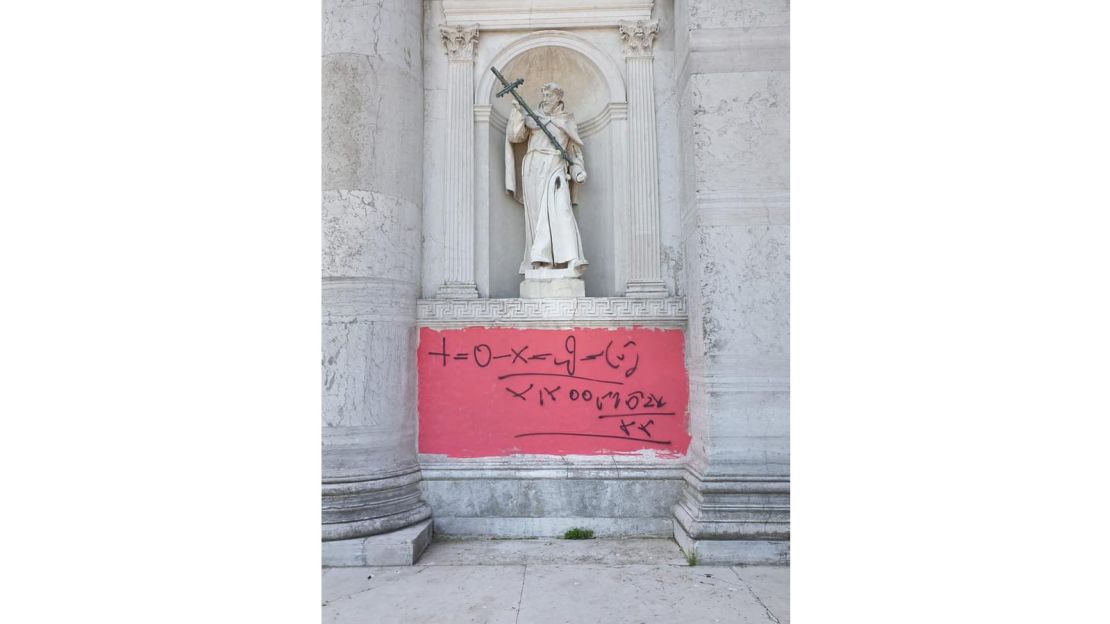
Things are less peaceful in Venice, where the municipal police handled 43 incidents of tourists swimming in canals in the first 10 months of 2022. According to Chief Commissioner Gianfranco Zarantonello, who spoke to CNN at the time, that number was almost double the total for the entirety of 2021, in which 24 swimmers were caught. And, worryingly, it was also up on the 37 cases in 2019. The final total for 2022 swimmers was 47.
There were also 46 cases of tourists defacing Venice monuments from January to October 2022.
“They’re behaving as they’ve always behaved, it’s just that this year the numbers have returned to what they were pre-pandemic and that corresponds to an increase in boorish behavior,” he said at the time.
“Sometimes Venice isn’t seen as a city. Tourists behave as if it’s the beach.”
And while from outside it looks like actions are getting more violent – a tourist stole a water taxi last summer and revved it down the Grand Canal – Zarantonello added that extreme behavior isn’t new. “A few years ago a Russian tourist stole a vaporetto (waterbus),” he said. “People have stolen gondolas. Once they fell off [a stolen gondola] at New Year and by the time we reached them, one of them was dying of hypothermia. We saved him.”
Apart from the canal-swimming, last year Zarantonello and his colleagues dealt with a Czech tourist sunbathing topless on a war memorial, a Belgian riding a Vespa down the [pedestrianized] waterfront, two Australians zipping down the Grand Canal on eFoils, and an Italian from another region permanently damaging one of the city’s main churches with graffiti.
While Zarantonello doesn’t think it’s been made worse by the pandemic, Schmidt suggested last year: “It’s your first trip in two years, you’re young and not allowed alcohol in your home country, you’re here for the first time and you might engage in behavior you’d be ashamed of at home.”
‘A by product of the sheer volume of visitors’
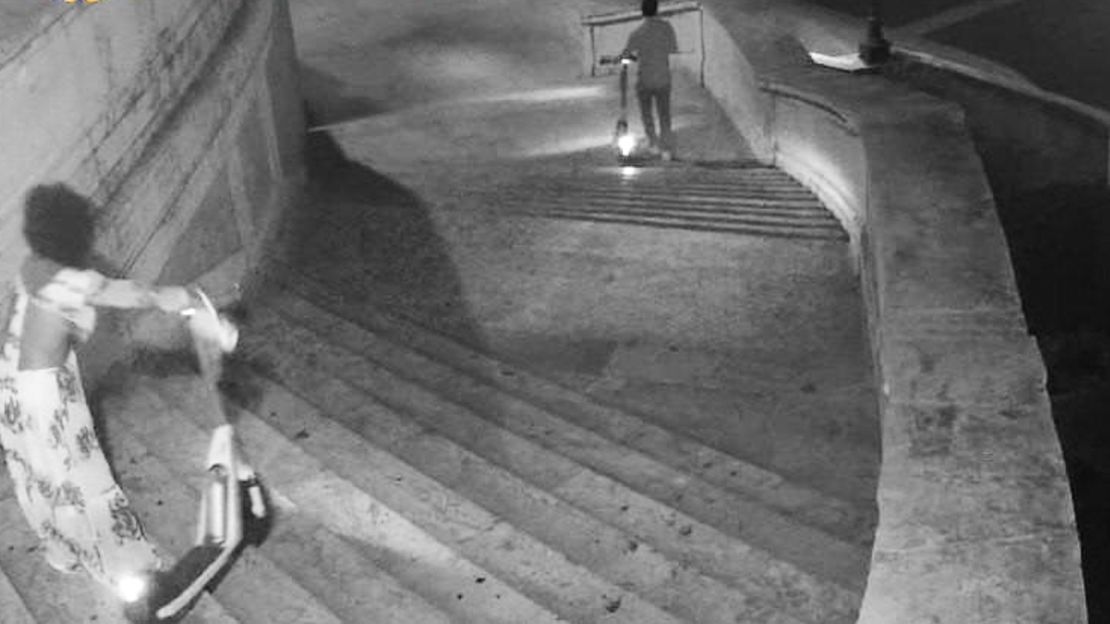
Tourists behaving badly is by no means a new phenomenon, of course. British, Australian and American tourists have long been known for their ugly behavior in Southeast Asia, for example.
But Tom Jenkins, CEO of the European Tourism Association (ETOA), says that there’s a very specific spate of incidents in Italy – and it’s down to its uniquely sensitive fabric. Italy’s cultivation of its most fragile environments and architecture as cities of art makes an explosive combination when you add visitors, he says.
“Italy is peculiar in the wealth of tourism features the country has, and it’s unique in that people occupy these spaces in a way that doesn’t occur in many countries,” he says.
Venice and Rome, he adds, are living cities in which people coexist with cultural treasures. “There’s nowhere in France [the most visited country in the world] that’s as sensitive. And they’re getting 65 million international visitors a year, so the sheer volume of people going into these spaces means a small fraction behaving irresponsibly isn’t that surprising.”
Because the environment is so fragile, any damage is likely affecting a world heritage site, he says, where other countries have less heritage to rampage through.
“I think what we’re watching is a byproduct of the sheer volume of visitors – and the appalling behavior of a fraction of the total number,” he says.
“It’s also possible that Italy attracts people who have a broader interest than merely pursuing artistic, architectural and archaeological curiosity, and these people don’t necessarily fit in with the environment.” That idea of the dolce vita, that Italy is a place of freedom to let loose, isn’t doing its heritage any good.
‘A place with no rules’
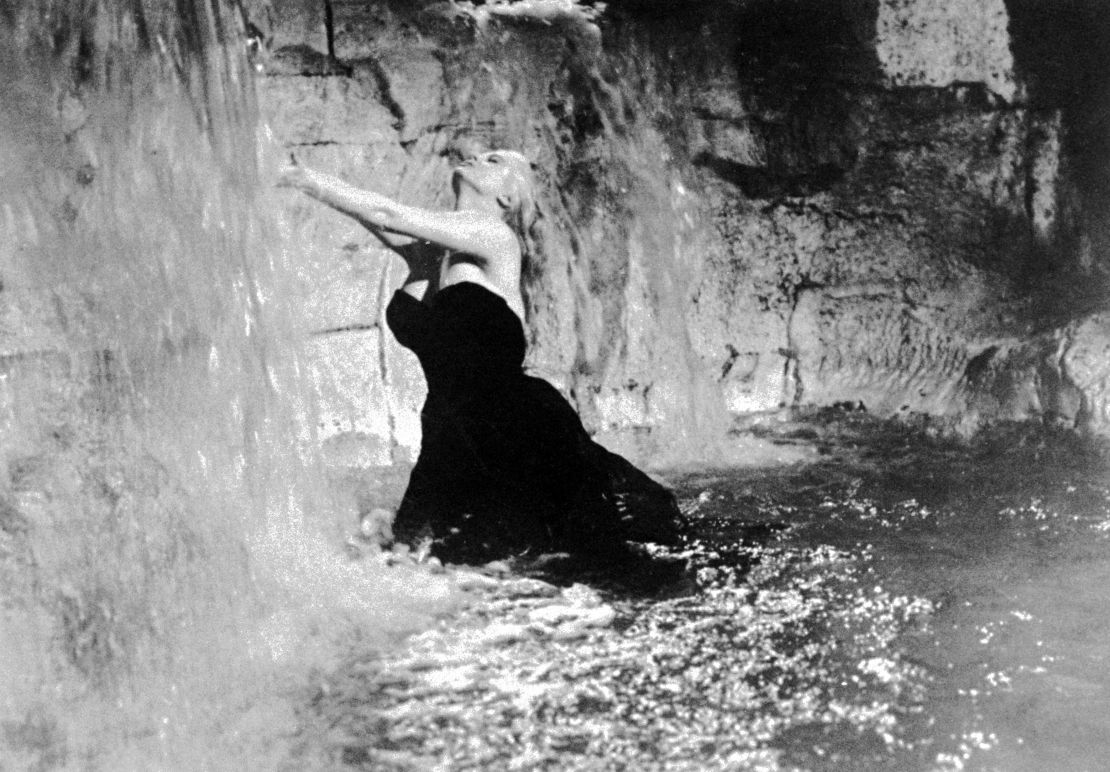
It’s not all down to Italy’s fragility, though, say Italian experts. We didn’t hear similar stories pouring out of France, Spain or other popular European destinations in 2022. Rather, they say, the way foreigners think of Italy is driving their bad behavior.
For film historian Nicola Bassano, movies such as “La Dolce Vita,” the 1960 classic by Federico Fellini, in which Marcello Mastroianni and Anita Ekberg jump into the Trevi Fountain to kiss, have created a false idea of Italy abroad.
“Italy is seen and judged by foreign tourists – and particularly Americans – through stereotypes that are rooted in films, especially “La Dolce Vita” and “Roman Holiday,” and through the image that foreigners have formed of us through [Italian] immigration,” he says.
“It is seen as a place devoid of rules and laws, where everything is art and therefore nothing is art.
“Tourists don’t know how to relate to the artistic heritage because they have no relation with our history – so they refer to their cultural imagination, and therefore to our cinema. The “Dolce Vita” Trevi Fountain scene has become a model to emulate.
“They don’t distinguish between the Roman dressed as a centurion to earn tips and the Colosseum. It all becomes part of a show where there are no rules.”
Maria Pasquale, journalist and author of “How to be Italian,” agrees.
“The world is enamored by Italy and the Italian lifestyle is the country’s trademark,” she says. “In their approach to life, the Italians have something intangible. It truly feels like the coolest, most magnificent party ever hosted – everyone wants in, but invites are limited. Because being Italian is a feeling, it’s hard to truly express. And to be a part of that party is to appreciate that this feeling is inspired by so much: the awe-inspiring sights, the sounds, the tastes, the smells, all of it. Italy as an idea, as an image is exciting, dynamic, alluring and intoxicating. It offers foreigners an escape; it offers freedom.
“So many tourists have said to me over the years, ‘In Italy there are no rules.’ But they are mistaken. Of course there are rules, but as someone who lives here and who experiences the daily struggle of bureaucratic, economic and institutional instability can tell you: sadly there often aren’t consequences for those who don’t follow the rules.”
Jenkins agrees: “I think the authorities have to be seen to be doing something to prevent this behavior. How they go about preventing it is a questionable point.” Venice mayor Luigi Brugnaro has constantly railed on Twitter about the limited powers the authorities have to deal with “imbeciles.” Since many of these acts, such as swimming in canals are classed as civil offenses, cities can only fine them and ban them from the city limits for a period of 48 hours. It’s only when landmarks are damaged that prosecution is an option.
However, the future might look a little brighter. In April 2023, the government put forward a bill that, if turned into law, would see various penalties including jail for people who damage works of art and landscapes, as well as landmarks.
The law was proposed in response to climate activists throwing various substances at works of art, dyeing the water in a Roman fountain, and spraypainting buildings and columns, but will also cover bad tourist behavior. Fines will range from 10,000 to 40,000 euros ($11,000 - $43,400) for anyone defacing heritage property or environments, and from 20,000 to 60,000 euros ($21,700 - $65,000) for those who destroy or cause deterioration.
“Whoever vandalizes our art must take responsibility for it and must pay out of their own pocket,” Giorgia Meloni, Italy’s prime minister, tweeted in April. The bill is now moving through parliament.
Holiday madness
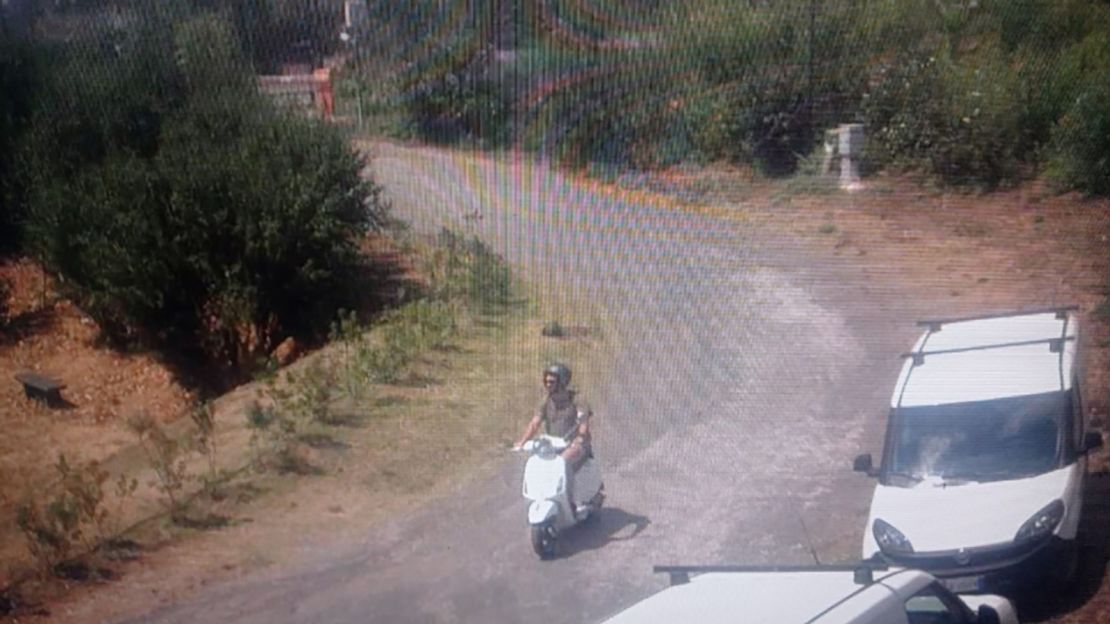
Why is it that bad behavior comes out specifically in vacationers, though? For psychologist Dr Audrey Tang, a member of the British Psychological Society, it’s a similar situation to trolls on social media: “We have a sense of anonymity. We’re not known, and that gives us a bit of protection.”
An added element, she says, is the “risky shift” – the concept in which groups egg each other on to behave in more extreme ways, ultimately taking actions they’d never dream of doing alone.
“If you’re there with friends, the risky shift can occur – you might not even realize you’re doing it, but you’re in a group and everyone gets caught up in the enthusiasm.”
But generally it comes down to two things: practical and psychological. Drinking on vacation “removes the filter we normally have; add the risky shift and we might do something we’d never think of doing,” she says.
“Jung said we all have a dark side, and if we suppress it it’s a bit like a pressure cooker, and will explode at some point. Vacations give us permission to explode. And it may have got worse [since the pandemic] because we’ve had an enforced bottling up.”
What’s more, she says, paying for a vacation uncorks a sense of entitlement. “We forget that what we’re entitled to has to come with social acceptability. And that we are part of a community. If everyone behaves the same as [the rulebreakers] that’s a problem.”
Ignorance as an excuse?
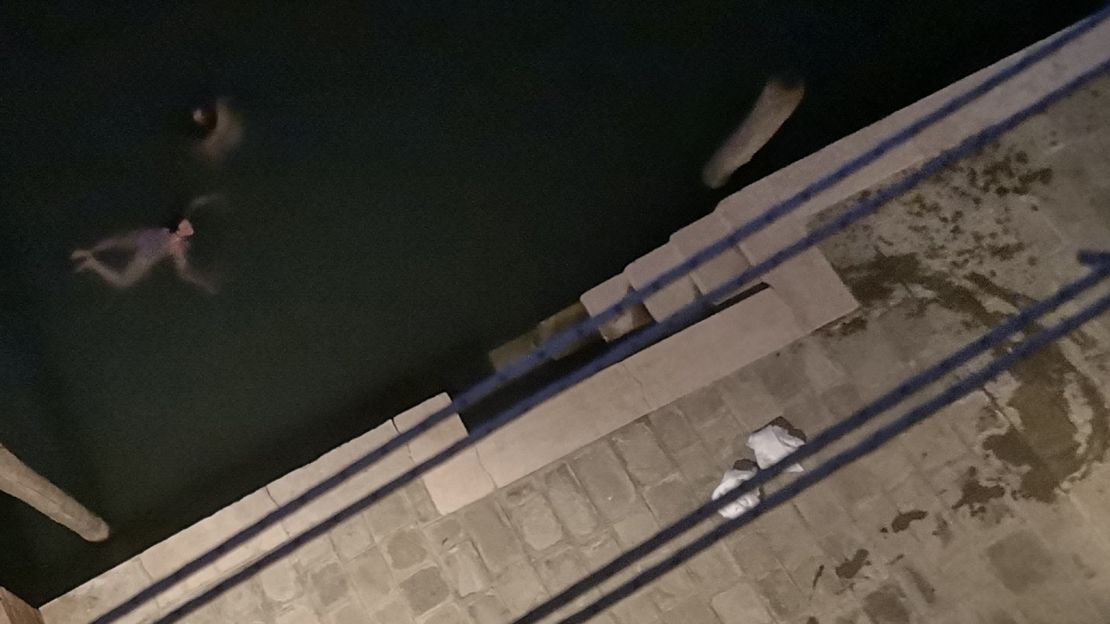
Sometimes, tourists say they didn’t know what they were doing wasn’t allowed – that was the excuse of the Australian caught riding around Pompeii. And, says Zarantonello, sometimes that’s true. When it comes to swimming or surfing in Venice, he says, “these are actions that are allowed in their own countries but banned here. So it’s the kind of behavior that’s seen as legal.”
Tang says that sometimes people don’t check the rules of a destination before traveling. Cutting in line, spitting in the street, or even urinating, she says, are “completely inappropriate” in Europe, but are often done in other places – though she adds, “That’s not excusing the behavior, because we do need to find out the cultural situation on holiday.”
Jenkins is less convinced.
“I think it’s pretty obvious you shouldn’t be riding a motorbike through Pompeii. These guys are clearly idiots. People have been writing names on statues and breaking things since the dawn of time but this is no excuse. It’s abhorrent.”
Perhaps it’s less about ignorance, and more of a desire for internet clout. As social media gains an ever stronger hold over us, we’re seeing more and more outrageous behavior, says Tang: “Bad behavior gets more likes, shares and notoriety than positive things, and lots of people use it to gain followers and make an impact. Something terribly wrong can be extremely effective for that.”
Zarantonello sees this a lot in Venice. “Their actions are amplified by social media,” he confirms.
One English tourist, a university lecturer, tweeted a video in July 2022 of him swimming across the Grand Canal and then running away from the police, in a bid to emulate his hero, the 19th century poet Lord Byron. But attitudes like this, Zarantonello says, are harming the city that Byron loved – and he begs them to consider their actions, even when it comes to something as seemingly banal as swimming in a canal.
“It’s a matter of respect for the city. It’s a place so rich in history, it’s not a pool or a beach where you can do all this stuff,” he says.
“Byron was here 200 years ago. You’d be better off reading one of his poems than swimming in the Grand Canal.”
And self-declared Italy fans had better be careful. When the busts at the Vatican Museums were smashed last October, Mountain Butorac, who leads pilgrimages to Rome, told CNN he was worried there might be repercussions for all of us, not just the vandal.
After Michelangelo’s Pietà sculpture was attacked by a hammer-wielding Hungarian in 1972, it was put behind bulletproof glass. Butorac fears this could be the sign of things to come:
“One of the beautiful things is that [the museum] allows visitors to get literally face to face with these sculptures – my fear is that with behavior like this, barriers could be put in place.”
